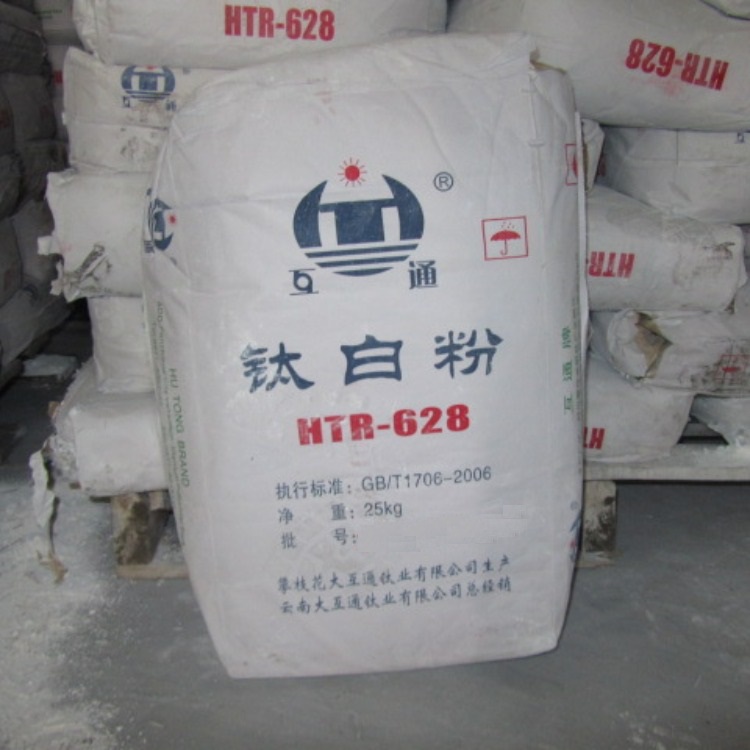
Sep . 28, 2024 22:46 Back to list
The Role of TiO2 in Enhancing Paint Quality in Manufacturing Processes
The Role of Titanium Dioxide in Paint Manufacturing
Titanium dioxide (TiO2) is a widely used pigment in the paint and coatings industry, renowned for its excellent opacity, brightness, and durability. As a key component in the formulation of paints, TiO2 plays a significant role in enhancing the aesthetic and functional properties of the final product. This article explores the importance of titanium dioxide in paint manufacturing, its benefits, and the ongoing developments in its use within the industry.
The Importance of Titanium Dioxide
One of the primary reasons titanium dioxide is favored in paint manufacturing is its superior ability to scatter light, which contributes to its high opacity. When incorporated into paint, TiO2 effectively hides underlying colors and surfaces, ensuring a more uniform and vibrant finish. This makes it an essential ingredient in both interior and exterior paints, where aesthetics and coverage are paramount.
Additionally, titanium dioxide is valued for its resistance to ultraviolet (UV) light and its ability to inhibit the degradation of paints over time. This quality not only maintains the color and appearance of painted surfaces but also extends the lifespan of the coating. As a result, TiO2 is especially popular in outdoor applications, such as house paints, where exposure to harsh weather conditions is common.
Benefits of Using Titanium Dioxide
1. Enhanced Coverage and Brightness One of the standout characteristics of titanium dioxide is its high refractive index. This property not only improves the brightness of the paint but also ensures excellent coverage. A paint with a high concentration of TiO2 can achieve solid color coverage with fewer coats, saving time and resources during application.
2. Durability and Weather Resistance Paints formulated with titanium dioxide are less likely to fade or chalk in sunlight, making them ideal for exterior use. The pigment's inherent stability against UV radiation allows for long-lasting color quality and surface integrity, addressing one of the major concerns in paint maintenance.
tio2 used in paint factory

3. Non-Toxic and Environmentally Friendly Titanium dioxide has gained recognition as an environmentally friendly pigment. It is non-toxic and safe for use in various applications, including those requiring low VOC (volatile organic compounds) formulations, which are increasingly demanded by environmentally conscious consumers and regulations.
4. Versatile Application Beyond traditional paint, titanium dioxide is also used in a variety of coatings, sealants, and even in ink formulations. Its versatility makes it a valuable component in various sectors, including automotive and industrial coatings.
Innovations and Trends
The paint industry is continuously evolving, and the use of titanium dioxide is following suit. One of the most notable trends is the development of nano-sized titanium dioxide, which exhibits unique properties that can enhance performance. Nanoparticles, due to their extremely small size, can improve transparency while maintaining opacity, leading to lighter and more efficient formulations.
Additionally, there is a growing focus on sustainable practices within the industry. Manufacturers are exploring alternative sources of titanium dioxide and innovative production methods to reduce environmental impact. Research is ongoing into bio-based alternatives and technologies that minimize waste during extraction and processing.
Conclusion
In conclusion, titanium dioxide remains a cornerstone of paint manufacturing, providing unmatched opacity, durability, and aesthetic appeal. Its role is indispensable in both residential and industrial applications, ensuring that paints not only look good but also withstand the test of time. As the industry continues to innovate, particularly concerning sustainability and new technology, titanium dioxide will undoubtedly adapt and evolve, reinforcing its position as a leading pigment in the world of paint and coatings. With an increasing emphasis on environmental responsibility, the future of TiO2 in the paint industry looks promising, paving the way for more efficient and eco-friendly products.
-
Premium 6618 Titanium Dioxide for GPT-4 Turbo Applications
NewsJul.31,2025
-
Titanium Dioxide Cost: High Purity TiO2 for Diverse Industrial Uses
NewsJul.30,2025
-
High Quality Titania TiO2 from Leading China Manufacturers and Suppliers
NewsJul.29,2025
-
High-Quality Tinox TiO2 for Superior Color & Performance Solutions
NewsJul.29,2025
-
High Quality Titania TiO2 from Leading China Supplier & Manufacturer
NewsJul.29,2025
-
High-Performance r6618 TiO2 for Superior Whitening and Versatility
NewsJul.28,2025
